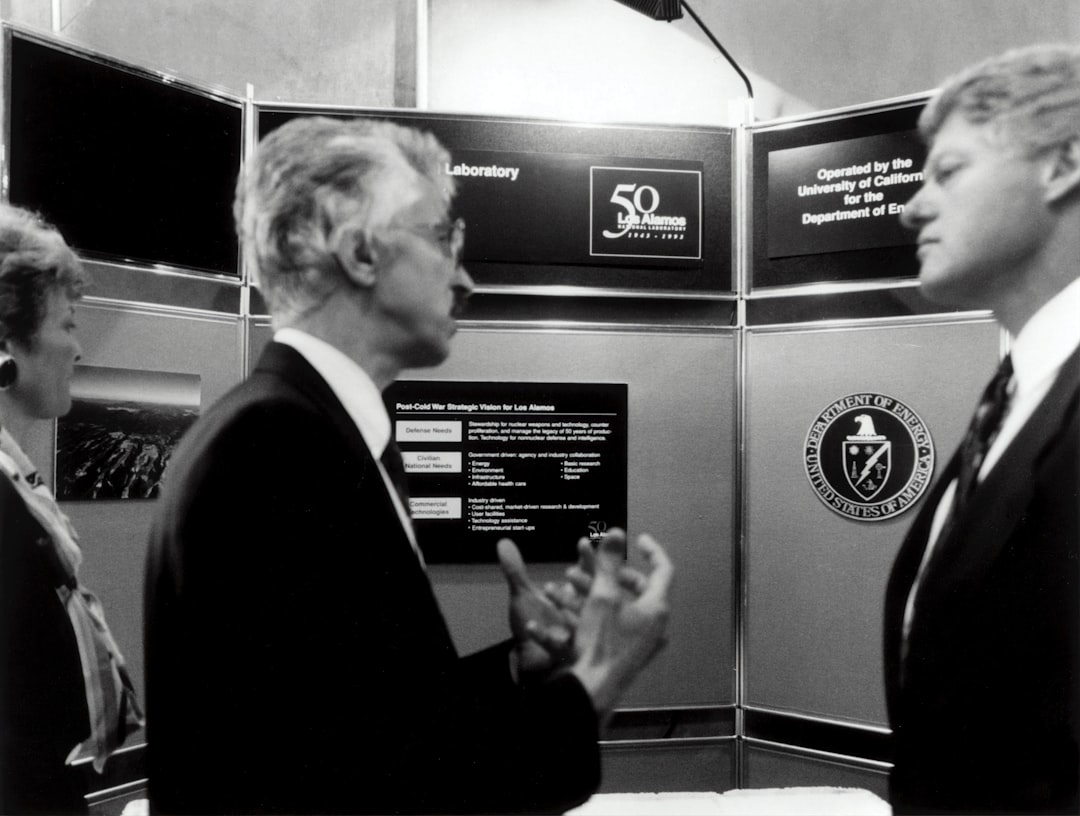What is it about?
This contribution explores the functional and dysfunctional roles of interorganizational trust and distrust in the public sector. We construct a conceptual framework and analyze 59 qualitative interviews with key informants in Flemish executive and judiciary public sector organizations. Results indicate that the combination of “trust as rule” and “distrust as reasonable exception” is functional for interorganizational interactions, whereas “trust as dogma” or “distrust as rule” gives rise to dysfunctionalities in interorganizational interactions. The study provides empirical evidence that challenges the “positive bias” toward trust in extant research, and suggests a more balanced perspective on roles of interorganizational trust and distrust.
Featured Image
Why is it important?
Our contribution addresses a gap in existing literature by challenging the “optimistic bias” toward trust on the basis of empirical evidence about interorganizational interactions in the public sector. Our discussion shows that although interorganizational trust is highly relevant for the public sector, it should not be used as an “applause concept.” In particular, the combination of “trust as rule” with “distrust as reasonable exception” appears functional in interorganizational interactions, while either “trust as dogma” or “distrust as rule” gives rise to dysfunctional aspects in interorganizational interactions. Our study provides empirical substantiation to previous theoretical pleas for a more balanced and neutral attitude toward interorganizational trust and distrust. Interorganizational trust is not an unchallengeable catch-all panacea to all problems of interorganizational cooperation. Researchers must, therefore, avoid treating it as such.
Read the Original
This page is a summary of: Functions and Dysfunctions of Interorganizational Trust and Distrust in the Public Sector, Administration & Society, September 2016, SAGE Publications,
DOI: 10.1177/0095399716667973.
You can read the full text:
Contributors
The following have contributed to this page










